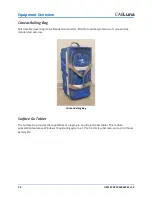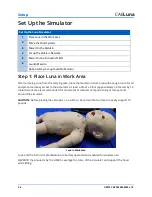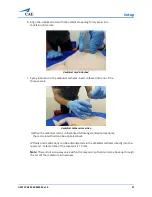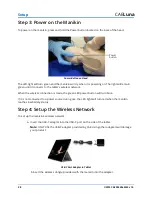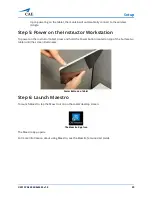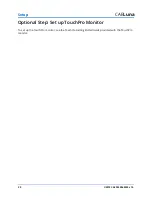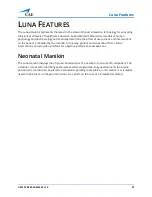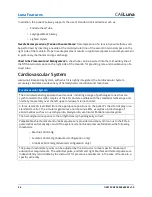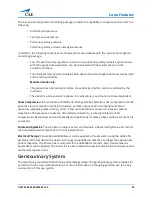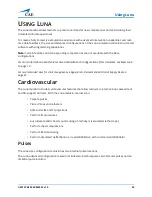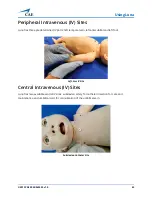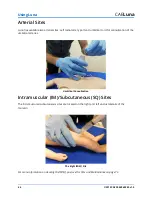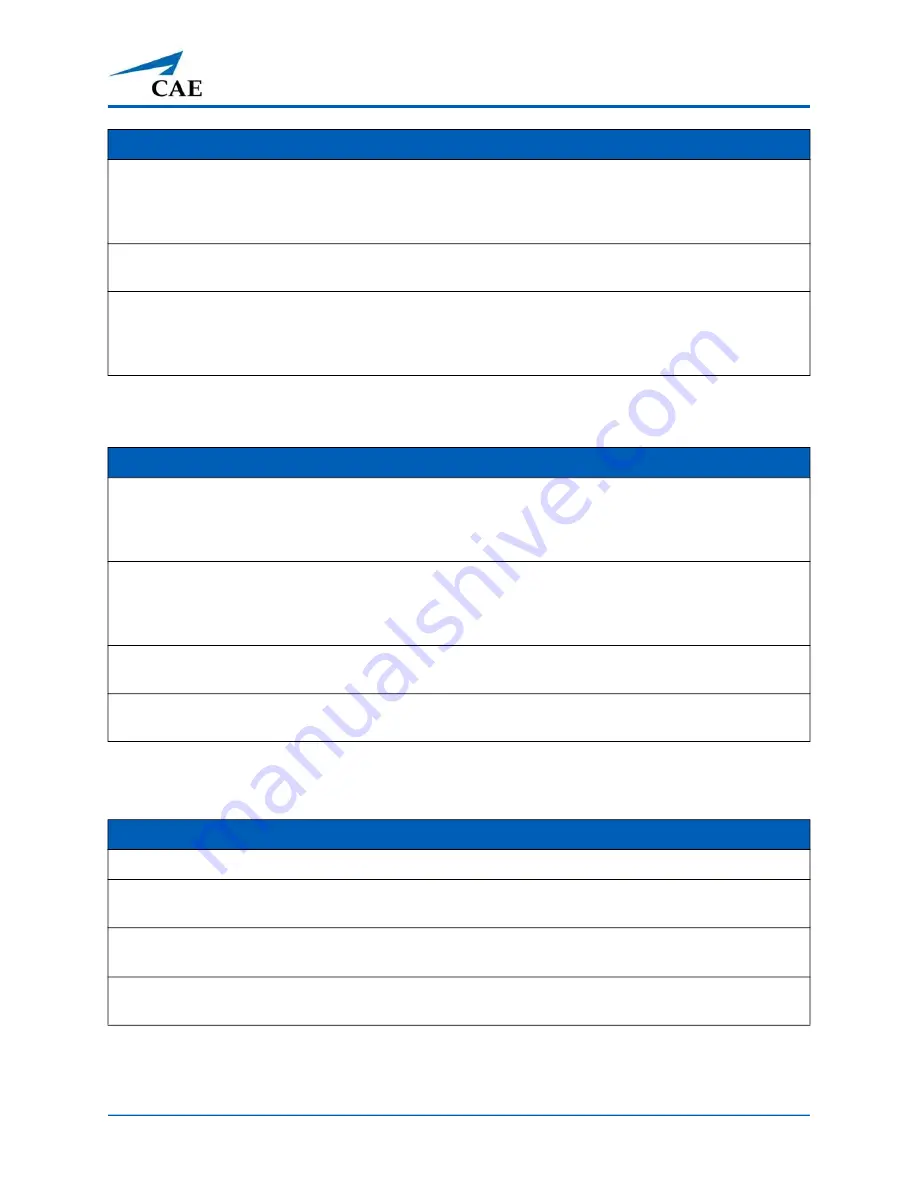
©2019 CAE 905K560252 v1.0
33
Luna Features
In addition to the base and live configuration features, the Advanced configurations includes features
to enhance the fidelity of the simulator.
Normal and Difficult Airway:
The manikin provides an anatomically realistic airway (oropharynx,
nasopharynx and larynx), representing that of a newborn to one-month-old patient.
The simulated patient generates both normal and abnormal breath sounds, bilateral and
unilateral, which are appropriately synchronized with the respective phases of respiration. Breath
sounds are audible over the apex of each lung with the use of standard stethoscope and
StethoSym.
In the case of esophageal intubation, breath sounds, and chest excursion output are automatically
absent, but the stomach distends with positive pressure ventilation attempts.
Simulated pulse oximetry is fully supported. The reported oxyhemoglobin saturation correlates
correctly and dynamically with the alveolar oxygen concentration, the patient’s intrapulmonary
shunt fraction and the temperature and pH of the arterial blood. The saturation value can be
displayed on the Instructor Workstation.
Advanced Respiratory System Features
The Advanced configuration manikin breathes spontaneously with a self-regulated rate and tidal
volume sufficient to maintain a target arterial carbon dioxide partial pressure, typically 40 mmHg,
which can be adjusted by the instructor. The respiratory system is capable of simulating crisis
events.
The Advanced configuration manikin’s upper chest rises and falls synchronously with the
inflationary state of the underlying lungs. This movement is synchronized with inspiration and
expiration of spontaneous, manual and automatic ventilation of the lungs and combinations
thereof.
In the Advanced configuration, the respiratory response to administered medications is automatic
and dose dependent with Maestro Modeled physiology.
The physiological mathematical models continuously calculate the patient’s arterial and venous
blood gases and pH. This data can be displayed on the Instructor Workstation.
Airway Module Features
Direct laryngoscopy as well as oral and nasal tracheal intubation can be performed.
Esophageal intubation is fully supported, in which case breath sounds and chest excursion are
absent and gastric distension occurs.
Vocal cords can be manually closed to simulate laryngospasms. With the cords closed, there will be
less air reaching the lungs during ventilation and prevents intubation.
Bronchial Occlusion, when enabled, guarantees that no ventilation is possible, creating a “cannot
ventilate” crisis scenario.
Respiratory System Features


